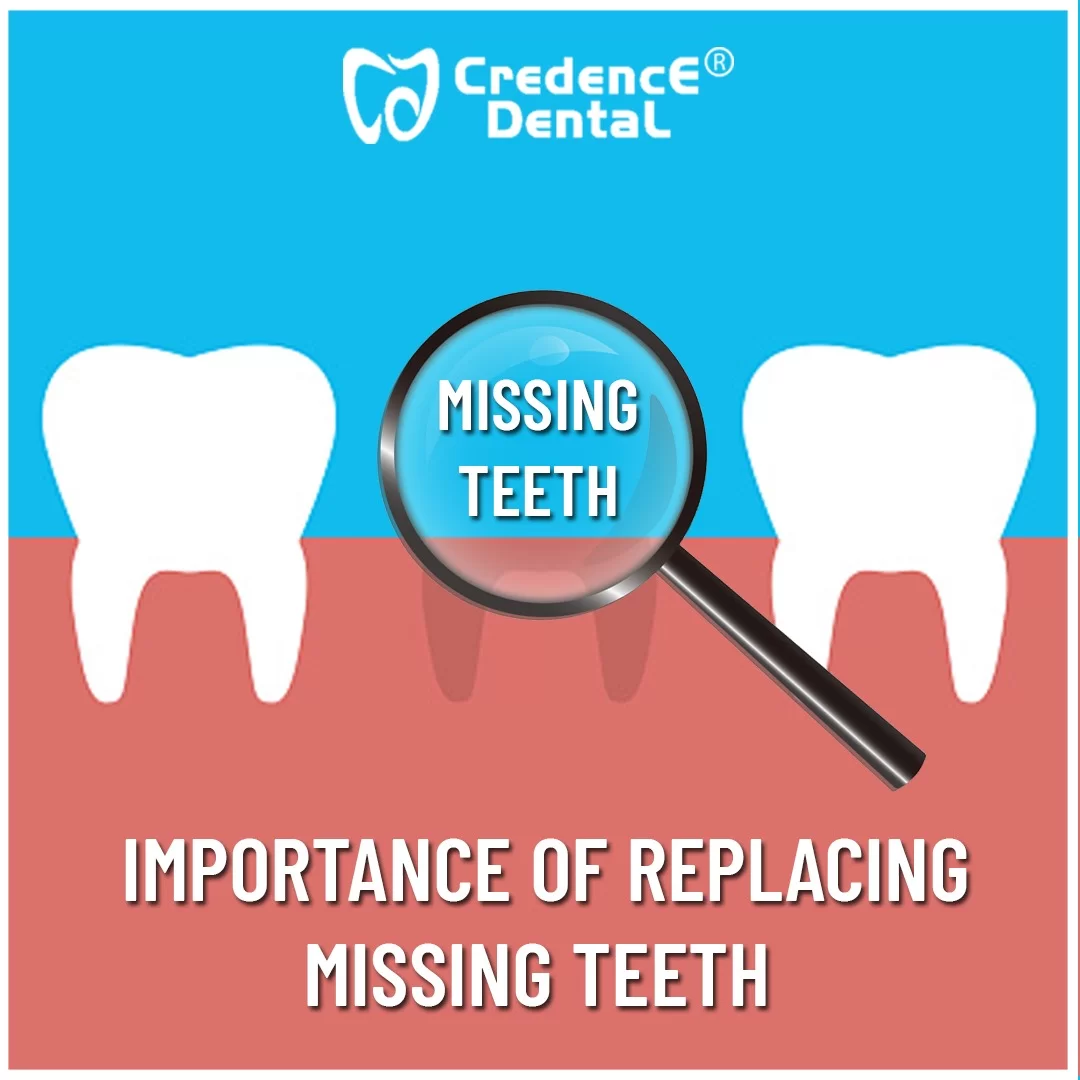Some teeth may not heal properly after a root canal or develop a new infection, demanding a second root canal. This happens when the first treatment did not completely remove the infection or when the tooth becomes fractured or loose, exposing it to new infection.
A reinfection may leave some individuals with no symptoms, while others may have swelling or pain during chewing. A re-treatment method may be used to repair a tooth that did not heal properly or became infected again after a root canal procedure. This ensures that the tooth is completely free of decay and can function.
Am I a Right Candidate for Root Canal Re-Treatment?
In order to rescue the tooth from extraction, root canal re-treatment is performed. Saving the natural tooth usually results in better results, and many re-treated teeth can last for years, if not the rest of the patient’s life. Patients who refuse to have their teeth retreated may need endodontic surgery or extraction which is a considerably more invasive procedure.
What is the procedure for a Root-Canal Re-treatment?
The damaged tooth is reopened to gain access to the root canal filling during re-treatment. To reach the tooth’s root, it may be necessary to disassemble crowns, supports, and other restorative components. The original procedure’s filling material is removed, and the canals are carefully cleaned. The region will be carefully investigated using magnification and illumination to find any new canals or unusual places.
The tooth is then filled with gutta-percha and the canals are sealed once the canals have been cleansed. The tooth is filled with a temporary filling. This procedure might not require local anesthesia. A follow-up session will be required for access filling and crown, allowing the tooth function normally and preserving it from infection or decay in the future.
Recovery and Risks of the Re-Treatment
For a few days after root canal re-treatment, patients may experience pain, discomfort, and sensitivity. It is recommended that patients avoid biting and chewing on the affected side. Patients can ease symptoms by taking nonsteroidal anti-inflammatory drugs like ibuprofen or aspirin, as well as gently rinsing their mouths three to four times a day with warm salt water. If the symptoms persist or worsen, ensure to call your dentist immediately.
We are available for dental emergencies, and can be reached at +91-91411160212
Although root canal re-treatment is generally regarded safe, it does come with some risks and consequences. Damage to the tooth and recurrent infections are two of these dangers. Patients can reduce their risk of complications by following pre- and post-procedure recommendations.
Results of Root Canal Re-Treatment
For many people, this technique is effective. A root canal re-treatment can produce long-term outcomes, with the treated tooth operating normally for the rest of the patient’s life. There is always the possibility that the re-treatment technique may fail or that the infection will recur. The success percentage of re-treatment treatments is lower than that of original root canal treatment. If re-treatment does not work, extraction or endodontic surgery may be required.
Any re-treatment is often painful and time consuming. As a first step, it is recommended that the first root-canal treatment is executed appropriately according to procedure. As a patient who undergoes root-canal treatment, ensure that you follow all precautions as explained by your dentist.
If your dentist recommends a root-canal re-treatment, see if you can learn the reasons for the same. It’s critical to have this conversation with your dentist in order to answer the question: should you undergo a re-treatment? Do you need a second opinion or to see a dentist regarding a bothersome tooth?
Fix an appointment with our Root Canal Specialist at Credence Dental today!
Call us at +91-9141160212 for more details.



